






5-Star Service, Trusted & Loved by Hundreds
Your Appraiser Search Ends Here
Your Appraiser Search Ends Here
.avif)

Nationwide Coverage – Appraisals Anywhere in the US

Get it done Onsite or Online

Any Asset, Covered

Defensible for Any Purpose
Frequently Asked
Questions
No Frequently Asked Questions Found.
The claim process involves multiple intricate stages that require careful documentation and communication. Initially, the policyholder must promptly notify their insurance provider about the incident, providing comprehensive details and supporting evidence. This early communication establishes the foundation for a potential settlement.
Documentation plays a pivotal role in substantiating the claim's legitimacy. Policyholders must gather relevant materials such as photographs, receipts, official reports, and witness statements that comprehensively demonstrate the extent and circumstances of the loss. These materials serve as critical evidence during the insurance company's investigation.
Following notification, a claims adjuster will thoroughly review the submitted documentation, assess the incident's details, and determine the claim's validity based on the specific policy's terms and conditions. This professional evaluation ensures that the claim aligns with the agreed-upon coverage parameters.
The resolution phase involves the insurance company's decision to approve, deny, or negotiate the claim's compensation amount. If approved, the insurer will issue payment to the policyholder or directly to service providers, helping restore the financial position of the affected party.
Successful claims management requires precision, timeliness, and transparent communication. Policyholders who understand this process and maintain meticulous records significantly improve their chances of receiving fair compensation during challenging circumstances.
Professional appraisals deliver precise valuations that go beyond surface-level assessments. Certified appraisers meticulously evaluate property, considering nuanced factors like condition, market value, and specific characteristics that significantly impact overall worth. This detailed approach ensures policyholders receive fair and accurate compensation that truly reflects their property's value.
Documentation is another fundamental aspect of insurance claim appraisals. The formal assessment creates an authoritative record that serves as a critical reference point for both the policyholder and insurance company. This comprehensive documentation helps eliminate ambiguity, reduce potential disputes, and provide clear evidence of the property's condition and value at the time of loss.
Expert appraisers bring specialized knowledge that transcends typical property evaluation. Their professional insight allows for in-depth analysis of complex assets, whether it involves specialized items like vintage collectibles, intricate jewelry, or unique property types. This expertise becomes particularly valuable when standard assessment methods prove insufficient.
The appraisal process also expedites claim resolution by presenting a clear, professionally validated valuation. By providing a transparent and detailed assessment, policyholders can streamline negotiations and reduce potential delays or conflicts with insurance providers.
Moreover, these professional evaluations serve as a strategic tool if claim disputes arise. Should an initial claim be denied or undervalued, a comprehensive appraisal provides robust evidence to support an appeal, potentially reversing unfavorable initial determinations.
Beyond immediate claim resolution, appraisals offer broader insights into potential coverage gaps. During the evaluation process, appraisers might identify nuanced damage or underinsured aspects of a property, empowering policyholders to make more informed future insurance decisions.
Ultimately, a professional insurance claim appraisal transforms an potentially stressful situation into a methodical, transparent process. By leveraging expert assessment, policyholders gain confidence, clarity, and a strategic approach to navigating complex property loss scenarios.
Professional appraisers conduct an in-depth examination considering key factors such as age, condition, craftsmanship, materials, and historical significance. They carefully assess the furniture's physical characteristics, including the quality of construction, original materials, and overall preservation state. Specific design elements like wood type, joinery techniques, surface finishes, and manufacturing methods play crucial roles in determining value.
The appraisal process extends beyond visual inspection, incorporating extensive research into comparable market sales, auction records, and current collector trends. Appraisers analyze historical context, examining how specific design periods, manufacturers, and artistic movements impact a piece's desirability and potential financial value. Unique provenance, rare design elements, and original condition can dramatically influence an item's overall appraisal.
Expertise in furniture history, materials science, and market dynamics allows appraisers to provide nuanced, accurate valuations that reflect both the item's intrinsic qualities and its current market positioning. This comprehensive approach ensures a thorough and precise assessment that goes well beyond simple visual estimation.
The online appraisal process is designed to be both flexible and comprehensive. Clients are usually required to provide extensive information about their furniture, including precise dimensions, manufacturing details, current condition, age, and any distinctive characteristics that might influence its value. High-quality, multiple-angle photographs are crucial for enabling appraisers to make accurate assessments.
Advanced technological platforms now support various interactive appraisal methods. Live video consultations through platforms like Zoom or Skype enable real-time communication, allowing appraisers to request additional visual information or ask specific questions about the item. This interactive approach helps bridge the gap between traditional in-person assessments and remote evaluations.
Remote appraisals offer significant advantages, particularly for individuals with scheduling constraints, mobility limitations, or geographical challenges. Clients can undergo professional furniture valuations from the comfort of their home, eliminating the need for complicated logistical arrangements or transportation of potentially fragile items.
While online appraisals provide remarkable convenience, clients should understand that the accuracy of the assessment depends heavily on the quality and comprehensiveness of the information submitted. Clear, well-lit photographs and detailed, honest descriptions are essential for obtaining a reliable valuation.
The digital appraisal landscape continues to evolve, with professionals leveraging sophisticated technologies to deliver precise and trustworthy evaluations. For those seeking a convenient, efficient approach to understanding their furniture's value, online appraisals represent a modern solution to traditional valuation challenges.
Antique furniture appraisers represent a critical subset of this profession, focusing on pieces with significant historical value. They possess deep knowledge of period-specific design elements, manufacturing techniques, and cultural influences. Their expertise allows them to authenticate and precisely value items over a century old, distinguishing genuine antiques from skillful reproductions.
Contemporary furniture appraisers specialize in more recent designs, tracking current market trends and understanding the nuanced value of modern pieces. These professionals are particularly adept at evaluating furniture from the past few decades, considering factors like designer reputation, manufacturing quality, and current aesthetic preferences.
Collectible furniture appraisers occupy a unique niche, concentrating on pieces that hold special significance within collector communities. They understand the complex ecosystem of collector markets, assessing value based on rarity, historical importance, and desirability among specialized enthusiasts.
Specialty furniture appraisers develop deep expertise in specific styles or categories, such as mid-century modern or artisan-crafted pieces. Their targeted knowledge allows for precise valuations that consider the subtle characteristics unique to particular design movements or crafting traditions.
Furniture restoration appraisers bring technical insight into how preservation and restoration impact an item's value. They evaluate the potential and limitations of restoring a piece, providing critical guidance on maintaining or enhancing its market worth through careful intervention.
Selecting the right appraiser requires careful consideration of the specific furniture in question and the purpose of the valuation, ensuring a comprehensive and accurate assessment.
Insurance documentation represents a primary driver for obtaining furniture appraisals. Comprehensive valuations ensure homeowners can secure appropriate coverage and expedite claims processes in the event of loss, theft, or damage. Precise documentation becomes instrumental in protecting significant investments and providing clear evidence of an item's worth to insurance providers.
Estate planning and legal proceedings also benefit substantially from professional furniture appraisals. When distributing assets among heirs, accurate valuations help create equitable divisions and minimize potential familial conflicts. These assessments provide transparent, objective information about furniture's market value, facilitating smoother inheritance transitions and legal settlements.
Charitable donations involving high-value furniture require professional appraisals to validate tax deduction claims. When furniture exceeds certain monetary thresholds, documented assessments become essential for substantiating donation values and maximizing potential tax benefits.
Divorce proceedings frequently rely on furniture appraisals to determine fair property division. Professional evaluations offer neutral, fact-based assessments that help reduce emotional tension and streamline settlement negotiations by providing clear, defensible property values.
Collectors and antique enthusiasts particularly benefit from professional appraisals, gaining insights that inform purchasing, selling, and maintaining valuable collections. Understanding precise market values empowers informed decision-making and prevents potential financial misjudgments.
Ultimately, furniture appraisals represent more than simple monetary assessments. They provide comprehensive insights that protect financial interests, facilitate legal processes, and offer peace of mind across numerous personal and professional contexts.
Why Do Furniture Appraisals Matter for Insurance Claims?
When managing insurance claims, accurate furniture appraisals are crucial for several key reasons. These professional assessments provide a documented value of your belongings that can significantly impact the overall settlement amount during a claim process.
Key Benefits of Furniture Appraisals for Insurance Claims
- Precise Replacement Cost Determination: Appraisals help determine the exact replacement or repair cost of items damaged by fires, floods, theft, or other unexpected events.
- Credible Valuation Evidence: Insurance companies require proof of value, and a professional appraisal serves as an authoritative assessment of an item's worth.
- Comprehensive Evaluation Process: Professional appraisers meticulously assess furniture by examining:
- Current condition
- Age of the item
- Market demand
- Historical significance
Preventing Insurance Claim Disputes
A professionally conducted furniture appraisal provides concrete evidence that can:
- Reduce potential conflicts with insurance providers
- Expedite the settlement process
- Ensure fair compensation for damaged or lost items
Additional Appraisal Advantages
Beyond insurance claims, furniture appraisals offer valuable insights in other important scenarios:
- Estate Planning: Provides clear asset valuations for inheritance and distribution
- Potential Sales: Helps determine accurate market value for potential transactions
- Personal Documentation: Creates a comprehensive record of valuable possessions
Conclusion
Investing in a professional furniture appraisal is more than just a procedural step. It's a strategic approach to protecting your valuable assets, ensuring fair treatment during insurance claims, and maintaining clear documentation of your personal property's worth.
Navigating the Insurance Claims Process: The Critical Role of Furniture Appraisals
In the unfortunate event of damage or loss to your furniture, navigating the insurance claims process can be challenging. A professional furniture appraisal is a critical tool that can significantly streamline this complex journey, helping you establish the true value of your belongings and ensure fair compensation.
Why Furniture Appraisals Matter in Insurance Claims
Key Benefits of Professional Furniture Appraisals
- Precise Value Determination
A professional appraisal provides an objective, detailed assessment of your furniture's worth, considering critical factors such as:
- Age and historical significance
- Current condition
- Craftsmanship quality
- Market trends and comparable sales
- Robust Claim Documentation
A comprehensive appraisal report serves as crucial evidence, offering:
- Professionally documented item values
- Credible support for insurance claims
- Detailed descriptions of furniture characteristics
- Professional valuation credentials
- Protection Against Underinsurance
Many homeowners inadvertently carry insufficient insurance coverage. A professional appraisal helps:
- Identify true replacement costs
- Reveal potential coverage gaps
- Recommend appropriate policy adjustments
- Minimize potential out-of-pocket expenses
- Enhanced Insurance Negotiations
A detailed appraisal empowers you during the claims process by:
- Providing objective valuation evidence
- Facilitating clearer communication with insurers
- Expediting claim resolution
- Ensuring fair compensation
Strategic Considerations for Insurance Claims
When preparing for potential furniture insurance claims, consider these strategic approaches:
- Conduct regular professional appraisals
- Maintain detailed photographic documentation
- Keep receipts and provenance records
- Review and update insurance policies annually
- Understand your specific policy's coverage limits
By investing in a professional furniture appraisal, you transform a potentially stressful claims experience into a structured, well-documented process. The right documentation provides clarity, confidence, and financial protection when you need it most.
What Makes a Furniture Appraisal Comprehensive?
Key Components of a Comprehensive Furniture Appraisal
A comprehensive furniture appraisal is a meticulous process that extends far beyond simple price estimation. It provides a thorough and nuanced assessment that serves critical purposes, especially for insurance claims and valuation.
Essential Elements of a Professional Furniture Appraisal
- Detailed Item Description
A comprehensive appraisal begins with an exhaustive examination, capturing:
- Manufacturer details
- Precise model information
- Current condition assessment
- Exact measurements
- Estimated age
- Specific materials used
- Unique identifying characteristics
- Rigorous Market Analysis
Professional appraisers conduct extensive research to determine accurate market value, including:
- Current market trends
- Comparable sales data
- Recent auction results
- Regional and national pricing variations
- Comprehensive Visual Documentation
High-quality photographic evidence plays a crucial role by providing:
- Multiple angle photographs
- Close-up images of unique features
- Clear documentation of manufacturing marks
- Visual proof of current condition
- Provenance and Historical Context
Understanding an item's background can significantly impact its valuation through:
- Detailed ownership history
- Design significance
- Historical importance
- Potential cultural relevance
- Comprehensive Condition Evaluation
A thorough condition report addresses:
- Overall wear and tear
- Existing damages
- Previous restoration work
- Potential future maintenance requirements
Long-Term Value and Importance
By integrating these detailed components, a furniture appraisal becomes an invaluable document. It serves multiple critical purposes beyond insurance claims, including estate planning, tax documentation, and potential resale strategies. The goal is to provide a comprehensive, accurate representation that protects and validates the item's true worth.
Beyond Basic Furniture: Understanding Appraisable Items
Defining Appraisable Items Beyond Traditional Furniture
When considering furniture appraisals for insurance purposes, it's crucial to understand that valuable items extend far beyond standard household pieces. A comprehensive approach to property valuation can significantly impact insurance claims and protect your personal investments.
Key Categories of Appraisable Items
- Antique Furniture
Pieces with historical significance or exceptional craftsmanship represent critical appraisal opportunities. These items often:
- Possess unique design elements
- Demonstrate superior construction techniques
- Reflect specific historical periods or artistic movements
- Custom and Designer Pieces
High-end, bespoke furniture can appreciate substantially over time. Key considerations include:
- Brand reputation
- Materials used
- Original design complexity
- Limited production runs
- Artwork and Decorative Sculptures
Beyond traditional furniture, decorative items contribute significantly to property value:
- Framed paintings
- Sculptural installations
- Mixed media art pieces
- Handcrafted decorative objects
- Specialized Textiles
Intricate textile pieces represent valuable appraisal assets:
- Hand-woven oriental rugs
- Vintage tapestries
- Rare fabric collections
- Culturally significant textile works
- Collectible Items
Unique memorabilia and vintage pieces can substantially enhance property valuation:
- Vintage furniture
- Rare decorative objects
- Historical memorabilia
- Limited edition design pieces
Why Professional Appraisals Matter
Professional appraisals provide more than monetary valuation. They offer comprehensive documentation that:
- Accurately determines item worth
- Validates authenticity
- Provides detailed condition assessments
- Creates crucial documentation for insurance purposes
By expanding your understanding of appraisable items and securing professional evaluations, you can more effectively protect and document your valuable personal property investments.
Preparing for a Successful Furniture Appraisal: Expert Tips
When preparing for a furniture appraisal, especially for insurance claim purposes, strategic planning can significantly enhance the accuracy and success of the valuation process. Here are comprehensive expert tips to help you navigate your furniture appraisal with confidence.
Essential Pre-Appraisal Preparation
1. Comprehensive Documentation Gathering
- Collect all original purchase receipts and warranties
- Compile previous appraisal documents if available
- Gather high-quality photographs showcasing:
- Current furniture condition
- Detailed views of furniture tags
- Any unique markings or identifying characteristics
2. Insurance Policy Review
- Carefully examine your current insurance policy details
- Understand specific coverage parameters, including:
- Replacement cost coverage
- Actual cash value provisions
- Specific limitations for furniture items
3. Furniture Preparation Strategies
- Thoroughly clean items to be appraised
- Remove any accumulated dust or debris
- Organize items in a well-lit, accessible area
- Document existing damages or wear comprehensively
4. Strategic Appraisal Scheduling
- Allow ample time for a comprehensive assessment
- Avoid scheduling conflicting appointments
- Prepare for potentially extended evaluation times, especially for:
- Vintage furniture
- Pieces with complex provenance
- Unique or antique items
5. Communication Best Practices
- Maintain complete transparency about item history
- Provide accurate information regarding:
- Furniture age
- Current condition
- Any modifications or repairs
- Be prepared to answer detailed questions
6. Professional Interaction
- Ask informed questions about the appraisal process
- Request clarification on valuation methodologies
- Verify the appraiser's professional credentials
By implementing these strategic approaches, you'll create an optimal environment for a precise and fair furniture appraisal, ultimately supporting a more effective insurance claim process.
Costly Mistakes to Sidestep During Furniture Appraisals
Critical Mistakes to Avoid During Furniture Appraisals
When pursuing a furniture appraisal for insurance claim purposes, navigating the process requires precision and strategic planning. Understanding potential pitfalls can help protect your valuable assets and ensure comprehensive coverage.
Top 5 Costly Appraisal Mistakes
- Inaccurate Market Valuation
Relying on outdated pricing can significantly compromise your insurance coverage. Furniture values fluctuate due to:
- Current market trends
- Piece condition
- Collector demand
- Economic factors
- Inadequate Documentation
Comprehensive documentation is crucial for substantiating your furniture's value. Essential records include:
- High-resolution photographs
- Original purchase receipts
- Manufacturer warranties
- Previous professional appraisals
- Selecting an Unqualified Appraiser
Not all appraisers possess equivalent expertise. When choosing a professional, prioritize:
- Specialized credentials
- Relevant industry experience
- Verifiable professional references
- Specific furniture type knowledge
- Misunderstanding Replacement Value
Insurance policies calculate losses differently. Key distinctions include:
- Actual Cash Value (ACV)
- Full replacement cost
- Depreciation considerations
- Neglecting Regular Appraisal Updates
Furniture values change over time. Periodic reassessments help ensure:
- Current market alignment
- Adequate insurance coverage
- Accurate asset valuation
Proactively addressing these potential challenges can significantly enhance the accuracy and reliability of your furniture appraisal, providing robust protection for your valuable investments.
Market Value vs. Replacement Cost: Decoding the Difference
Understanding Market Value and Replacement Cost
When pursuing a furniture appraisal for insurance claims, understanding the nuanced differences between market value and replacement cost is critical. These two valuation methods provide distinct perspectives on your furniture's worth, each playing a unique role in insurance compensation.
Market Value: What Your Furniture Could Sell For
Market value represents the potential selling price of a furniture item in the current marketplace. Key characteristics include:
- Determined by current market demand and trends
- Considers the item's condition and overall desirability
- Particularly relevant for unique or vintage pieces
- Reflects what a willing buyer would pay a willing seller
Replacement Cost: The Price of Direct Replacement
Replacement cost focuses on the expense of replacing your damaged furniture with a comparable new item. Important aspects include:
- Calculates the cost of purchasing a similar item at current market prices
- Does not factor in depreciation
- Ensures you can restore your home to its original state
- Provides full restoration value without accounting for wear and tear
Why Both Valuations Matter in Insurance Claims
A comprehensive furniture appraisal that articulates both market value and replacement cost offers several advantages:
- Provides a thorough assessment of your furniture's worth
- Strengthens your insurance claim documentation
- Helps you understand potential compensation scenarios
- Facilitates smoother claims processing
By understanding these valuation methods, you can approach insurance claims with confidence and clarity, ensuring you receive appropriate compensation for your valuable furniture.
Selecting the Right Furniture Appraiser: A Crucial Decision
Navigating the Selection of a Qualified Furniture Appraiser
Selecting the right furniture appraiser for insurance claim purposes is a critical step that can significantly impact the success of your claim. An expert appraiser provides more than just a monetary value—they offer a comprehensive assessment that stands up to insurance scrutiny.
Key Criteria for Choosing a Furniture Appraiser
- Professional Credentials
Prioritize appraisers with recognized designations such as:
- Accredited Senior Appraiser (ASA)
- Certified Professional Appraiser (CPA)
- Personal Property Appraiser Certification
- Specialized Expertise
Look for appraisers with specific experience in:
- Antique furniture evaluation
- Vintage and custom furniture assessment
- Specific furniture periods or styles
- Comprehensive Market Knowledge
An exceptional appraiser demonstrates:
- Deep understanding of current market trends
- Insight into furniture valuation dynamics
- Awareness of historical and contemporary market factors
- Robust Professional Reputation
Evaluate the appraiser through:
- Client testimonials
- Online reviews
- Professional references
- Detailed Appraisal Methodology
Ensure the appraiser provides:
- Comprehensive valuation reports
- Clear documentation of value determination
- Comparable market sales analysis
- Communication Proficiency
Select an appraiser who offers:
- Clear, transparent communication
- Ability to explain complex valuation processes
- Prompt and professional responsiveness
Final Considerations
Carefully weighing these factors will help you select an appraiser who not only provides an accurate valuation but also supports a smooth insurance claim process. The right professional brings expertise, credibility, and peace of mind to your furniture appraisal journey.
Demystifying the Appraisal Report: A Detailed Guide
Understanding the Anatomy of a Furniture Appraisal Report
A furniture appraisal report is a critical document for insurance claims, providing a comprehensive and professional assessment of your furniture's value. This detailed document serves as essential evidence when seeking reimbursement for damaged or stolen items.
Critical Components of an Appraisal Report
- Purpose Statement
- Clearly defines the report's objective
- Explicitly states preparation for insurance claim assessment
- Detailed Item Description
- Comprehensive information including:
- Manufacturer
- Model details
- Age of the piece
- Exact dimensions
- Current condition
- Professional photographs for visual documentation
- Comprehensive information including:
- Rigorous Market Analysis
- In-depth examination of current market trends
- Comparison with similar item sales
- Assessment of current market demand
- Valuation Methodologies
- Cost Approach: Replacement or reproduction costs
- Sales Comparison Approach: Recent comparable sales
- Income Approach: Potential rental value
- Definitive Value Conclusion
- Clear monetary valuation for each item
- Supported by comprehensive analysis
Why a Comprehensive Appraisal Report Matters
A meticulously prepared appraisal report offers multiple benefits:
- Enhances claim credibility
- Expedites insurance claim processing
- Minimizes potential value disputes
- Provides documentation for future needs like estate planning
Understanding the intricacies of an appraisal report empowers you to navigate the insurance claims process with confidence, ensuring fair compensation for your valued possessions.
Furniture Appraisals and Insurance Claims: Your Top Questions Answered
When it comes to protecting your investments, understanding the value of your furniture is essential, especially when filing an insurance claim. Here's a comprehensive guide to help you navigate furniture appraisals for insurance purposes.
Understanding Furniture Appraisals for Insurance
A furniture appraisal is a critical process that provides a professional assessment of your furniture's true value. This detailed evaluation helps protect your financial interests in case of loss or damage.
Key Components of a Furniture Appraisal
- Detailed examination of item condition
- Assessment of age and historical significance
- Analysis of current market trends
- Determination of fair market value
Why Furniture Appraisals Matter for Insurance Claims
- Documentation: Provides objective evidence of item value
- Claim Verification: Helps expedite insurance processing
- Dispute Prevention: Reduces potential conflicts with insurers
- Accurate Compensation: Ensures fair reimbursement
Selecting a Qualified Appraiser
Choosing the right professional is crucial for an accurate appraisal. Look for:
- Certified furniture appraisal credentials
- Membership in professional appraisal organizations
- Specialized expertise in furniture valuation
- Proven track record of thorough assessments
Preparing for Your Furniture Appraisal
Maximize the effectiveness of your appraisal by:
- Collecting original purchase receipts
- Gathering historical photographs
- Documenting previous appraisals
- Cleaning and presenting furniture for thorough inspection
Appraisal Frequency Recommendations
To maintain accurate insurance coverage, consider the following guidelines:
- Appraise high-value items every 3-5 years
- Update appraisals after significant market changes
- Review valuations when updating insurance policies
- Conduct special assessments after major renovations or acquisitions
By understanding the nuances of furniture appraisals, you can ensure comprehensive protection for your valuable possessions and streamline potential insurance claims.
Staying Protected: The Need for Regular Appraisal Updates
Why Regular Furniture Appraisals Matter
In today's rapidly changing environment, consistently updating furniture appraisals is essential for protecting your financial investments. Unexpected events like natural disasters, theft, or gradual wear can significantly impact your property's value and insurance coverage.
Understanding Value Fluctuations
Furniture values aren't static. Multiple factors influence their worth:
- Market trends
- Consumer preferences
- Depreciation rates
- Condition of individual pieces
Recommended Appraisal Frequency
Industry professionals suggest reviewing furniture appraisals:
- Every 3-5 years for standard furniture
- More frequently for high-value items like antiques or designer pieces
- Immediately after significant acquisitions or modifications
Documentation Benefits
A comprehensive appraisal report provides critical advantages during insurance claims, including:
- Detailed photographic evidence
- Precise item specifications
- Comparable market sales data
- Expedited claim processing
Key Moments to Update Your Appraisal
Consider updating your appraisal when experiencing:
- Purchasing new furniture
- Significant restoration or repair
- Inherited valuable pieces
- Major home renovations
Financial Protection and Confidence
Regular appraisals offer more than monetary documentation—they provide peace of mind. By understanding the true value of your furniture, you can confidently navigate insurance claims and protect your financial investments against unexpected circumstances.
Safeguarding Your Assets: A Strategic Approach to Furniture Insurance
When it comes to safeguarding your assets, particularly your furniture, a strategic approach to insurance is essential. Furniture isn't merely functional; it often holds both monetary and sentimental value. For this reason, obtaining an accurate appraisal of your furniture can significantly influence your insurance policy and eventual claims process.
The Importance of Furniture Appraisals
An accurate furniture appraisal establishes a documented value for your household items, providing clarity on how much your insurance company should compensate you in the event of loss, theft, or damage. Without a professional appraisal, you might find yourself either:
- Underinsured, leaving you vulnerable to financial loss
- Overinsured, resulting in unnecessary premium expenses
Key Factors in Furniture Appraisals
When assessing your furniture, appraisers consider several critical factors:
Condition Assessment
The physical state of each item plays a vital role in determining its value. Furniture in pristine condition typically commands higher prices compared to items with visible wear or damage.
Valuation Criteria
- Age and Rarity: Antique or unique pieces generally have higher market values due to their scarcity
- Provenance: The history of ownership and authenticity can significantly impact a piece's value
- Market Trends: Appraisers continuously monitor current market demands to ensure accurate valuations
Benefits of Regular Updates
It's crucial to update furniture appraisals periodically, especially after:
- Purchasing new items
- Experiencing major life events
- Significant changes in furniture collection
Regular assessments ensure that your insurance coverage accurately reflects the current value of your assets, preventing potential discrepancies during claims processing.
Final Considerations
Prioritizing furniture appraisals within your insurance strategy provides multiple benefits, including:
- Protecting your financial investments
- Ensuring comprehensive insurance coverage
- Providing peace of mind during potential claims
By investing in a professional appraisal, you can safeguard the cherished items that enhance your home and protect yourself from unforeseen financial setbacks.
View all Locations
BEST-IN-CLASS APPRAISERS, CREDENTIALED BY:









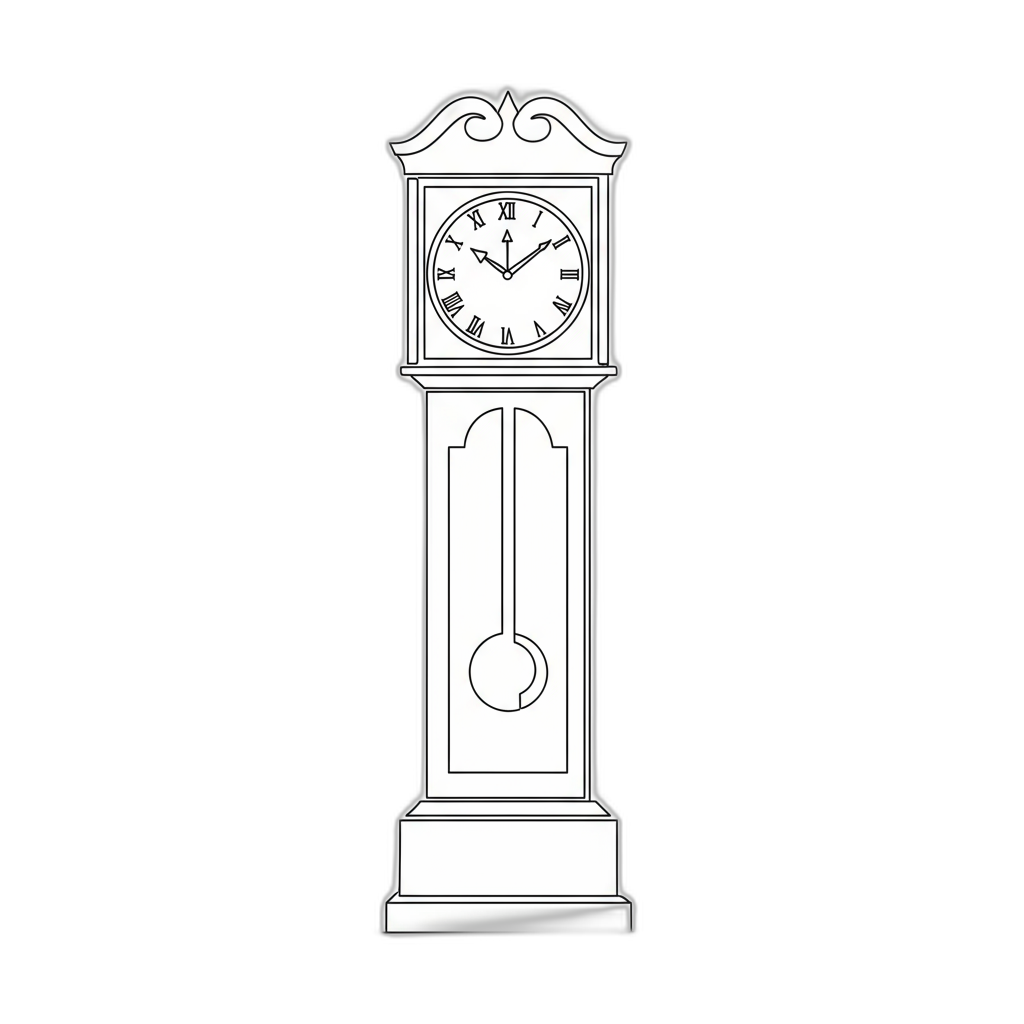

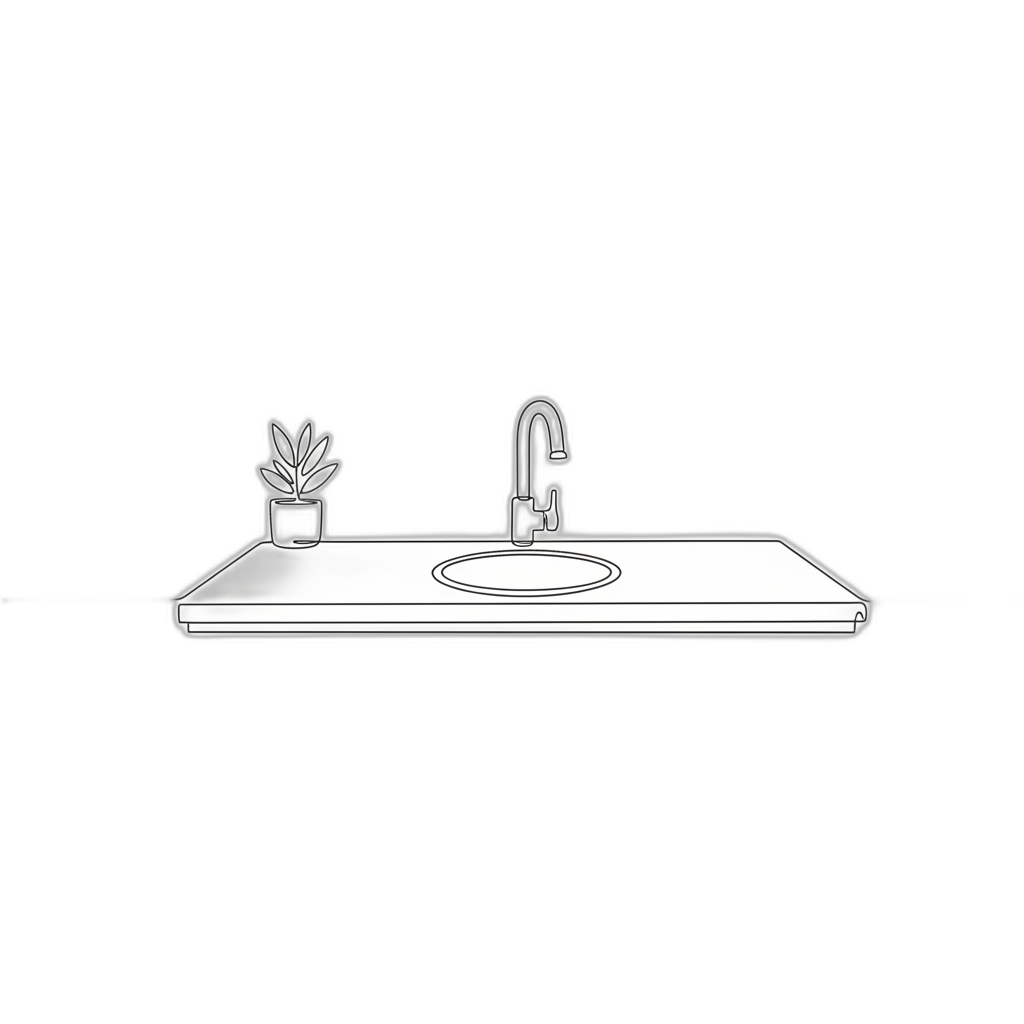
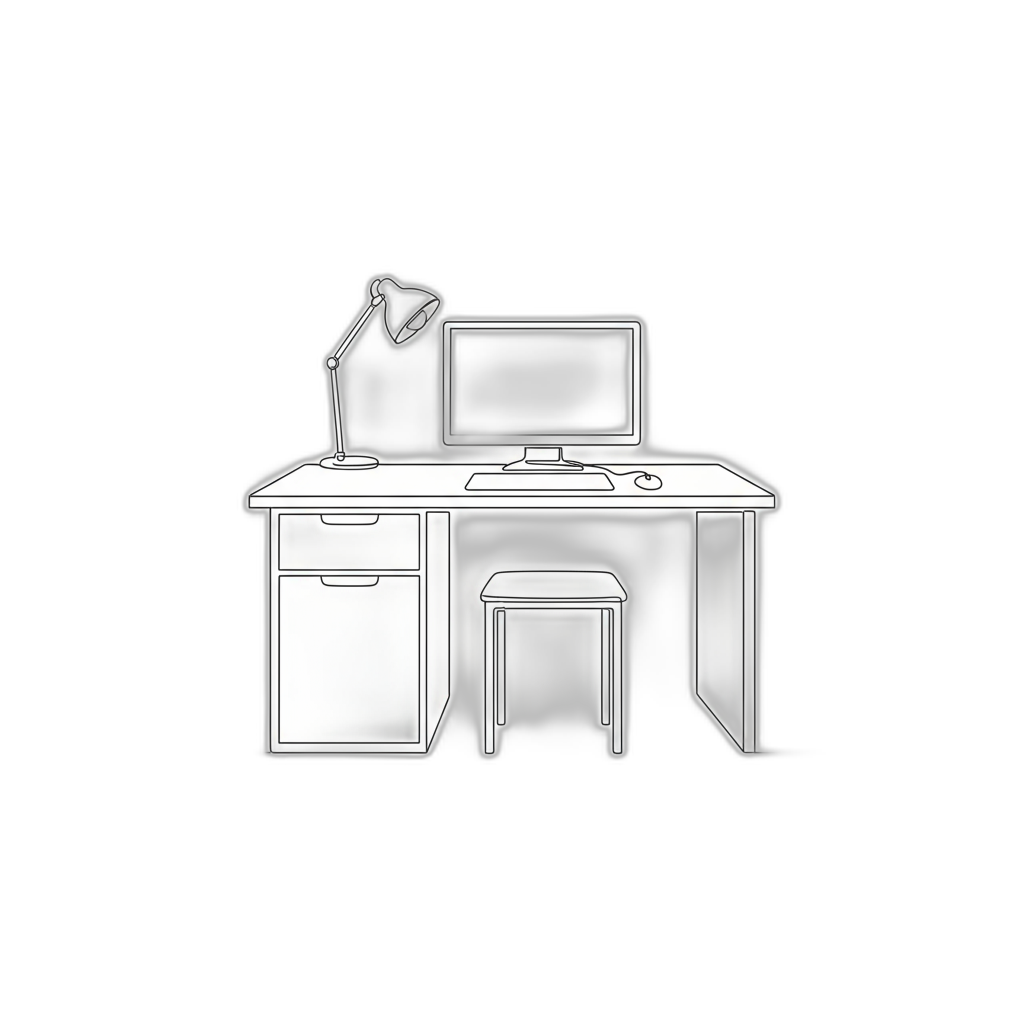




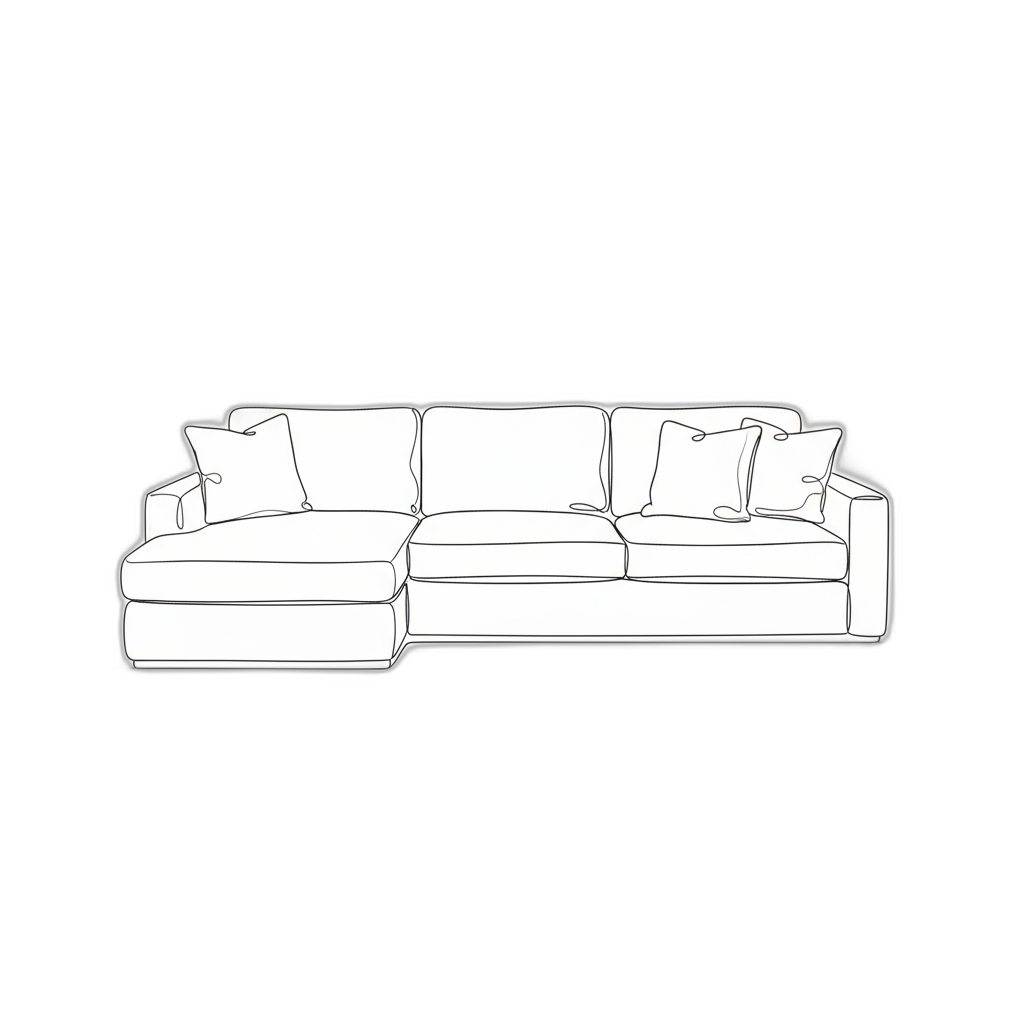

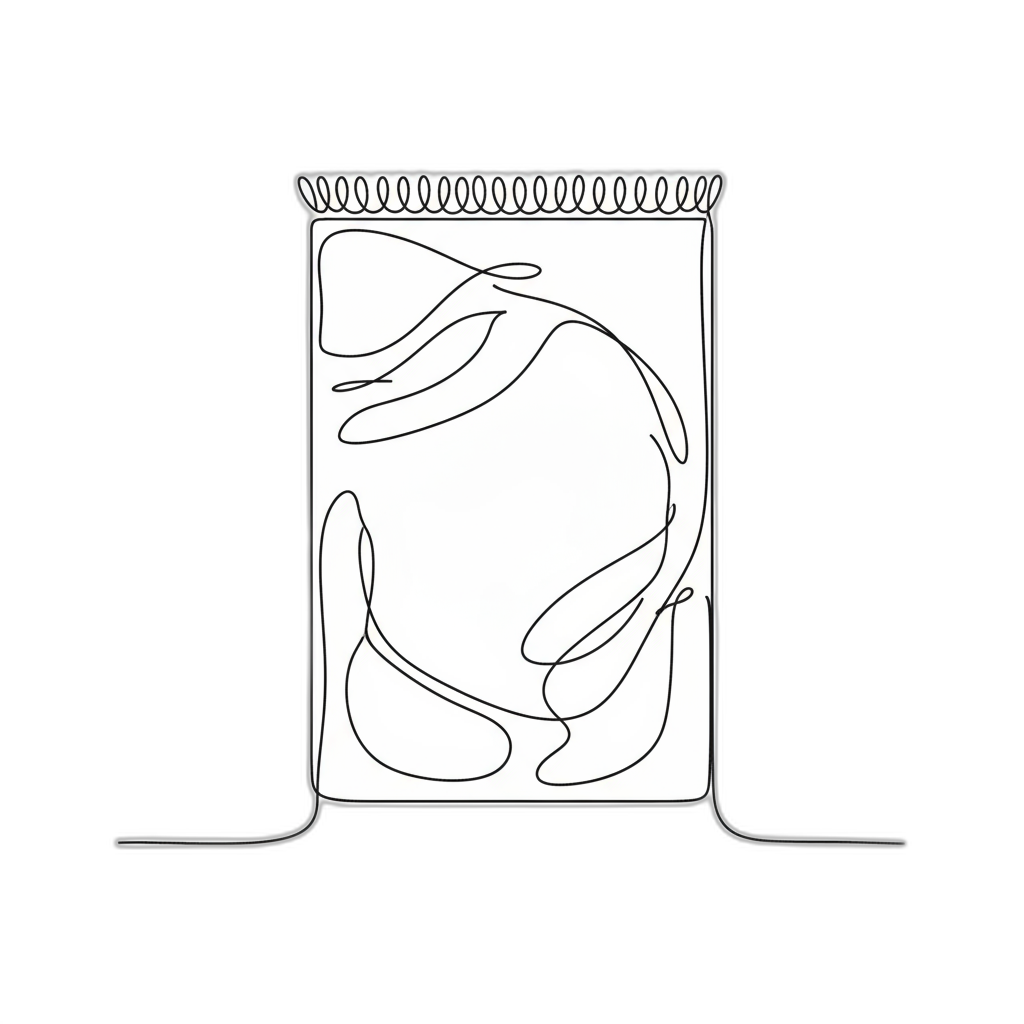
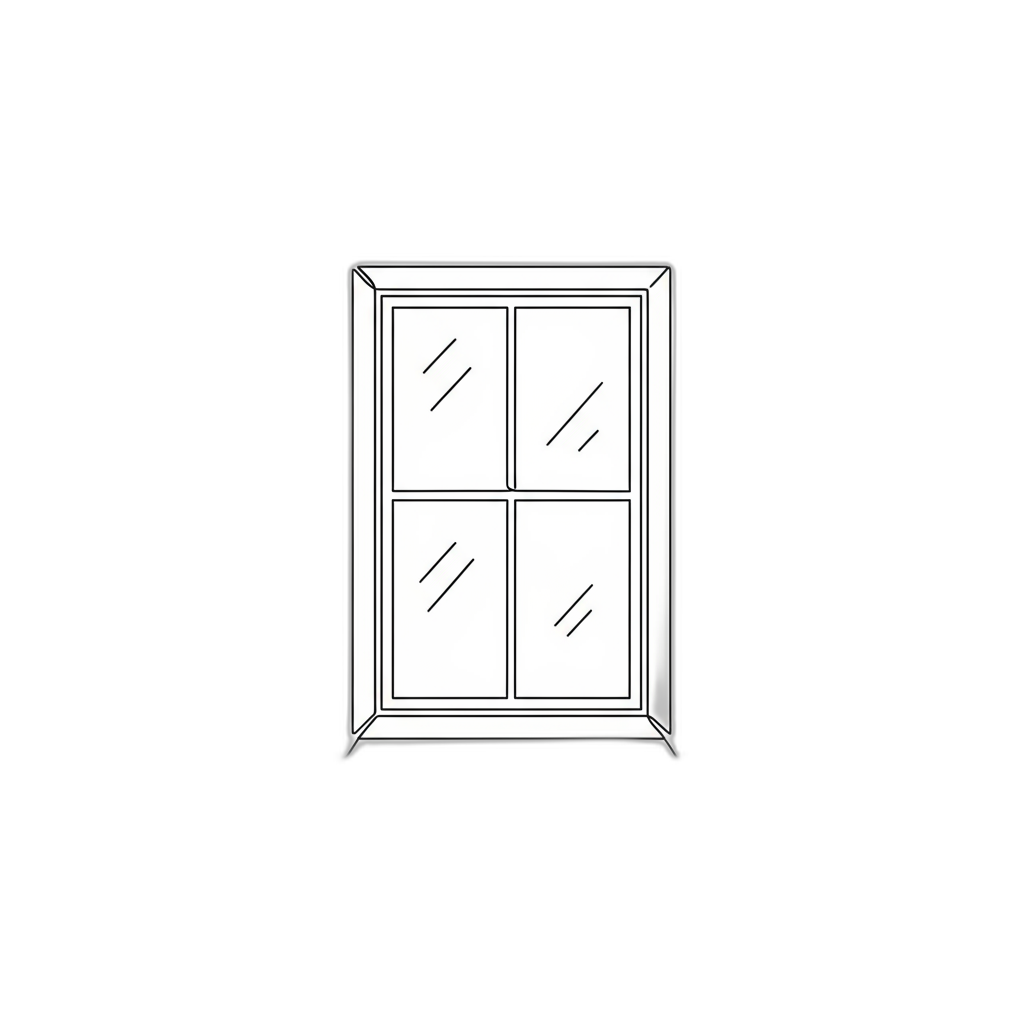
.svg)









